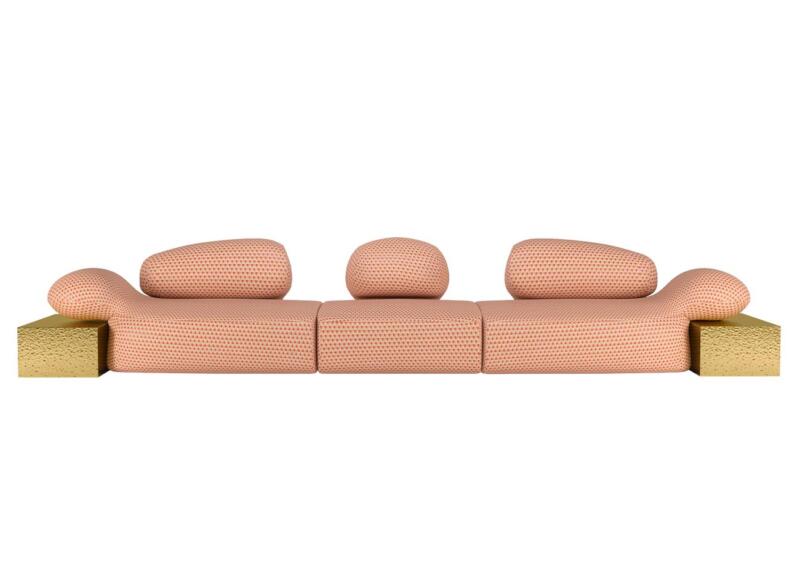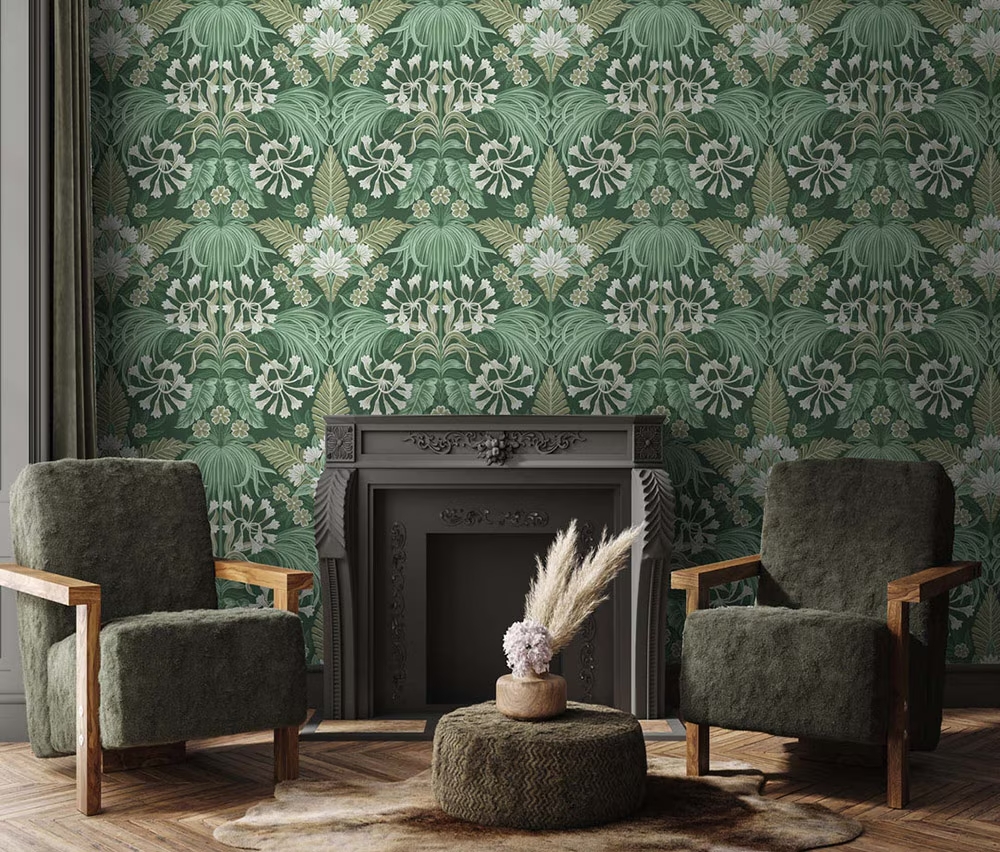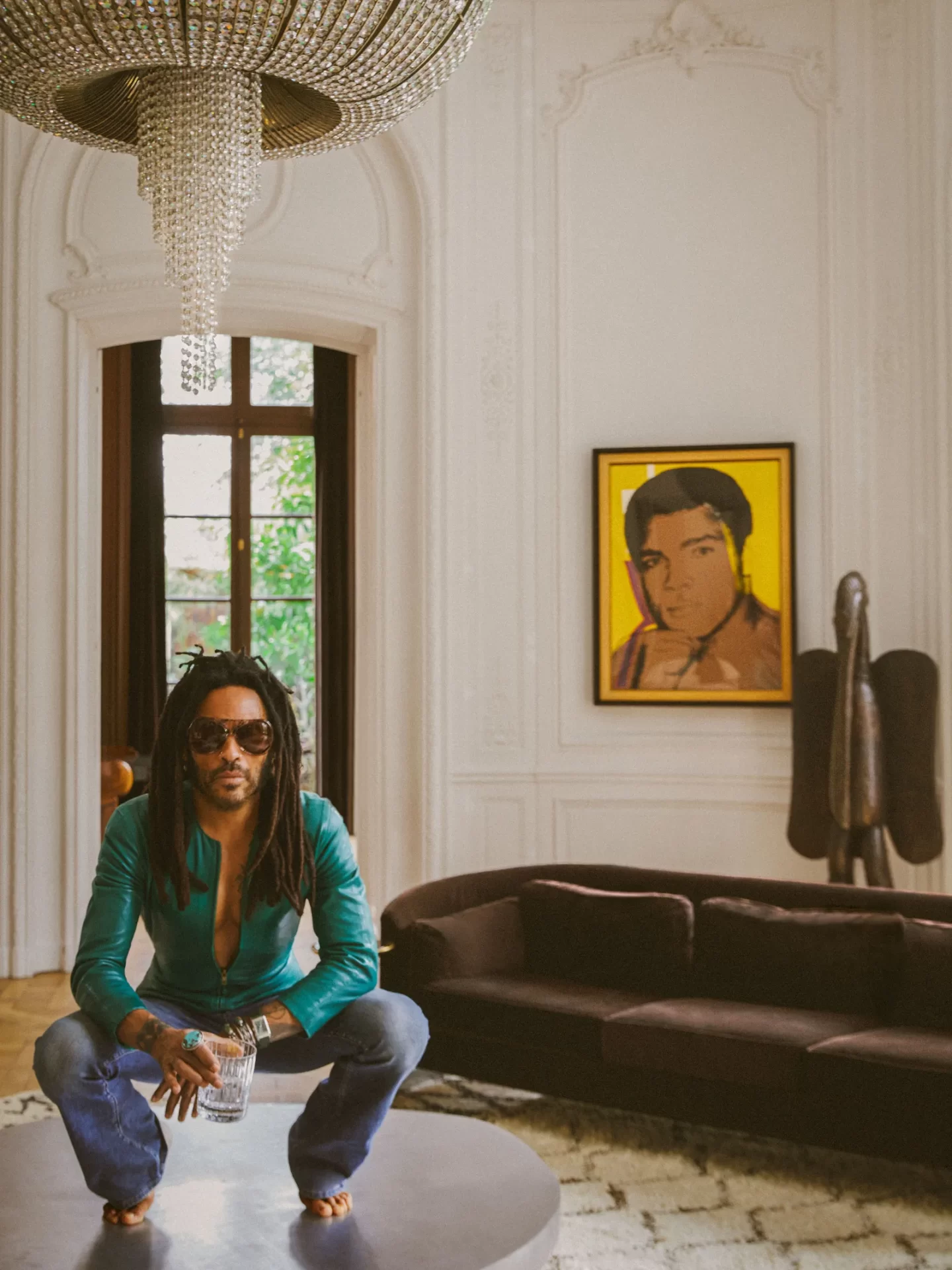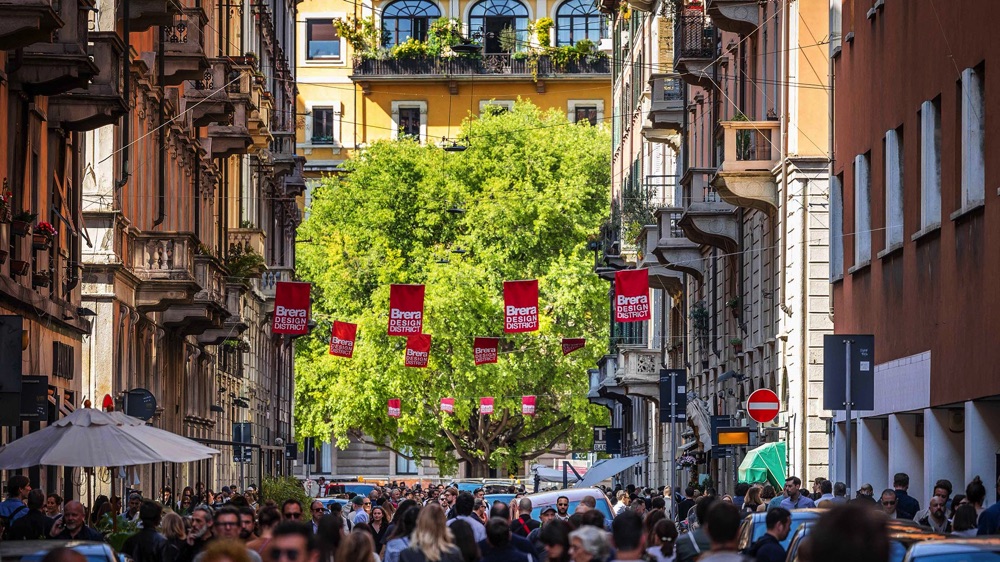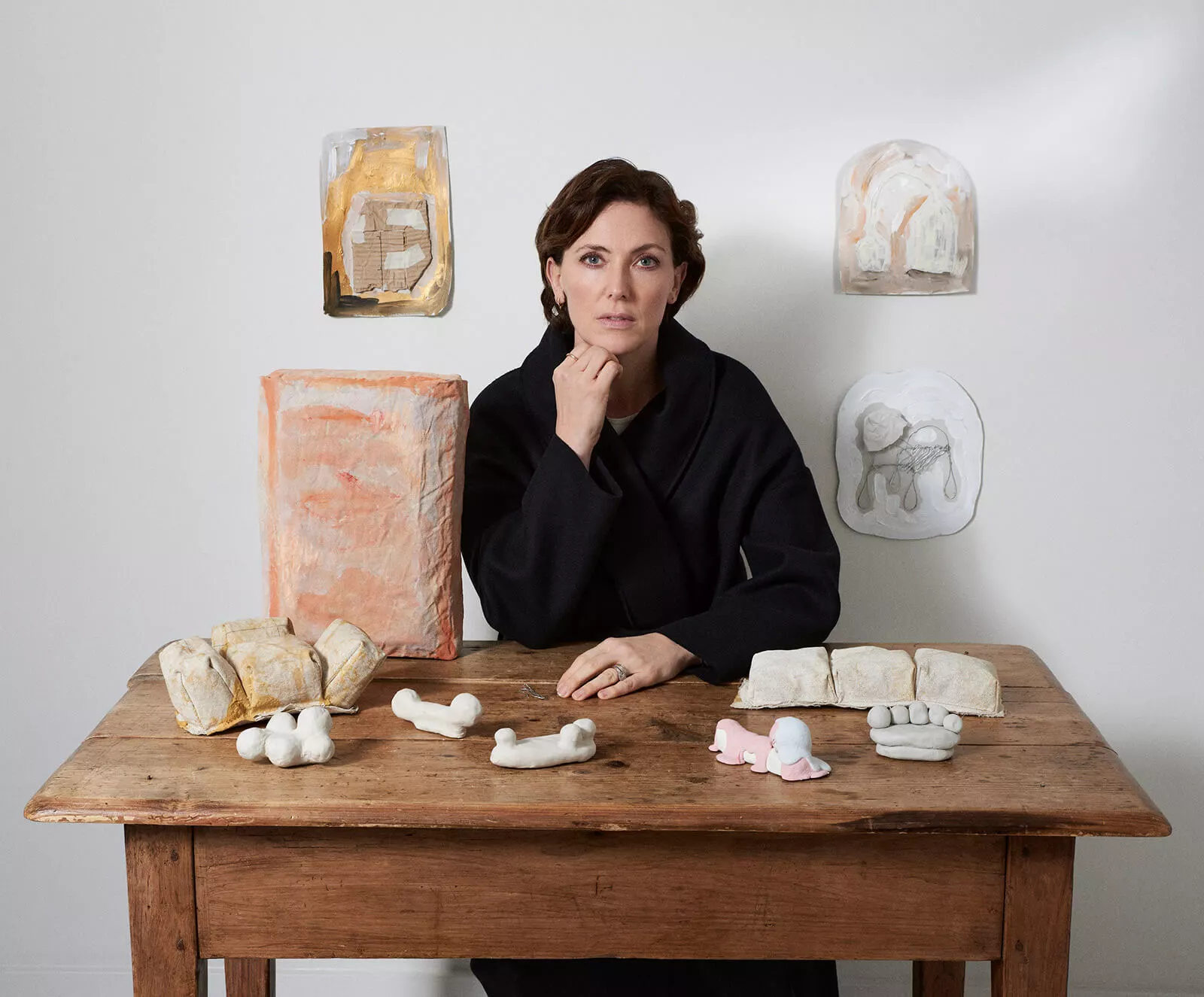
Faye Toogood: The Brilliant Visionary Redefining Contemporary Design
Few designers have managed to cross boundaries between disciplines as fluidly and powerfully as Faye Toogood. With a practice that spans furniture, fashion, interiors, and fine art, she defies categorization — and that’s precisely the point. Her pieces are not just functional objects; they are sculptural, emotional, and deeply rooted in material storytelling.
Known for her instinctive approach to design and her emphasis on form over ornament, Faye Toogood has become a reference for those seeking a raw yet poetic vision of modern living. This article explores her journey, her signature aesthetic, and how her work continues to reshape the design landscape.
Who Is Faye Toogood?
Early Life and Career Beginnings of Faye Toogood
Born in the UK and educated in the History of Art at Bristol University, Faye Toogood began her career not in a studio, but in the editorial world — working as a stylist and later as Decoration Editor at The World of Interiors. This initial path helped shape her keen eye for texture, composition, and the narrative potential of spaces and objects.
Her transition into three-dimensional design came naturally. In 2008, she founded her own studio — Toogood — marking the beginning of a multidisciplinary practice where furniture design, fashion collections, sculpture, and installation art would coexist.
From Fashion Editor to Multidisciplinary Designer
Toogood’s background in fashion and editorial gave her a unique sensitivity to surface and silhouette. Rather than being bound by technical training in architecture or product design, she approached each project with curiosity and emotional intelligence. This allowed her to create works that feel both ancient and futuristic, grounded in craftsmanship but liberated from tradition.
Her first furniture collection, Assemblage 1, launched in 2010 and set the tone for what would become her hallmark: honesty in materials, robust silhouettes, and a sculptural approach to everyday objects.
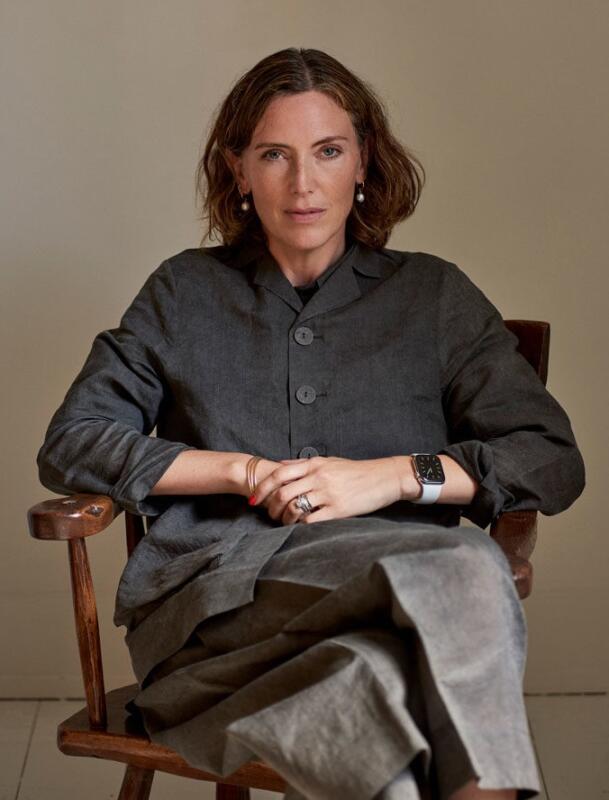
Faye Toogood’s Signature Aesthetic
Faye Toogood’s aesthetic is a distinctive blend of sculptural form, material honesty, and emotional depth. Her designs transcend conventional categorization, sitting comfortably at the intersection of functional object, artistic expression, and personal narrative. Whether working in fashion, furniture, or installation, her creations consistently reflect a tactile, raw beauty that challenges the polished norms of contemporary design.
Material Experimentation in Faye Toogood’s Work
Material exploration is at the heart of Faye Toogood’s practice. From plaster and clay to fibreglass, bronze, and raw textiles, she embraces irregularities and celebrates imperfections. Her work often highlights the intrinsic properties of the materials, letting their textures speak for themselves. This approach results in pieces that are deeply textural, physically present, and emotionally resonant — objects that invite touch and contemplation.
Sculptural Forms and Organic Shapes
Toogood is widely known for her sculptural furniture that often echoes organic shapes found in nature. Her iconic Roly-Poly chair, with its rounded legs and bowl-like seat, exemplifies this ethos. Rather than adhere to sharp geometry or overt minimalism, her designs feel generous, curvaceous, and grounded. The forms are bold but never aggressive — monumental yet approachable.
The Emotional Layering Behind Faye Toogood’s Designs
Every piece designed by Faye Toogood carries an emotional charge. Her collections are often informed by personal stories, philosophical reflections, or historical references. For instance, her Assemblage series each tells a specific conceptual story, from introspection and nostalgia to exploration and reinvention. This emotional layering imbues her work with meaning far beyond function — turning each object into a quiet narrative.
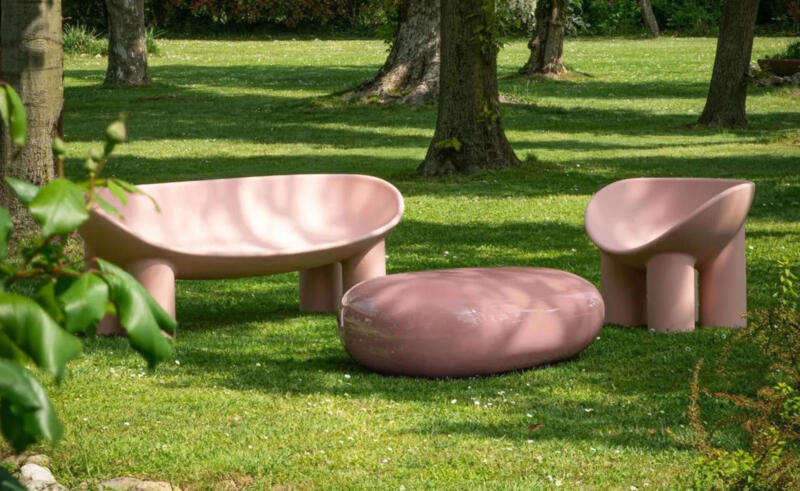
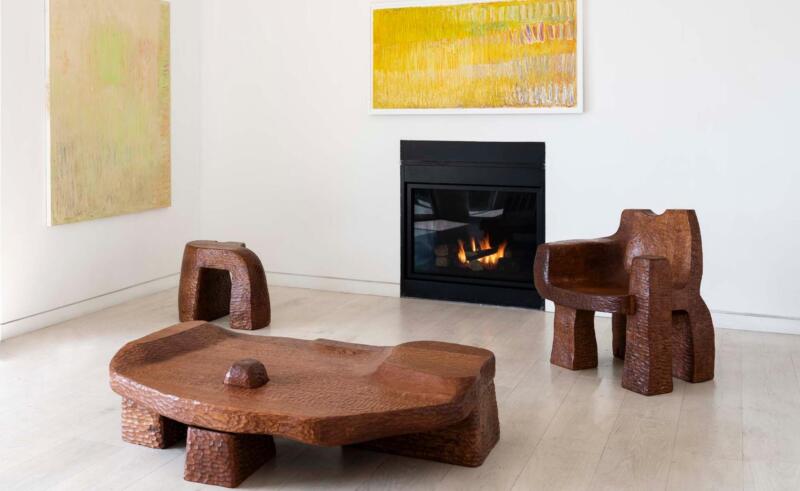
Faye Toogood’s Impact on Furniture and Interior Design
Over the past decade, Faye Toogood has become a leading voice in a new wave of designers who prioritize materiality, emotional resonance, and narrative in design. Her work challenges the traditional separation between art and function, inspiring a more poetic and human approach to interiors and furniture.
How Faye Toogood Redefined Modern Craftsmanship
Toogood’s commitment to handcrafted processes and raw materials has helped redefine the idea of luxury in design. Rather than pristine finishes and technical perfection, her pieces highlight the beauty of irregularity — brushstrokes in plaster, the uneven texture of hand-formed clay, or the patina of aged metals.
This philosophy has contributed to a broader shift in contemporary furniture, where value is increasingly placed on authenticity and craftsmanship. Her approach encourages a slower, more intentional design process, pushing back against the disposable nature of mass production.
Influence on Emerging Designers and Collectors
Faye Toogood’s influence is clearly visible in the work of many emerging designers who now prioritize storytelling and sculpture over strict function. Her success in bridging disciplines — moving from editorial to fashion to product design — has also opened doors for creative professionals seeking to work outside traditional boundaries.
Collectors and galleries now actively seek work that echoes her ethos: limited editions, conceptual pieces, and designs with emotional depth. This has helped elevate collectible furniture into a serious artistic category, where pieces are treated more like installations than simple objects.
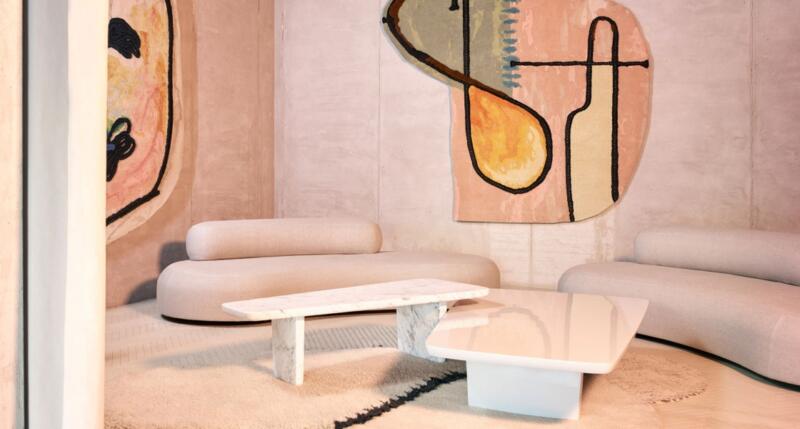
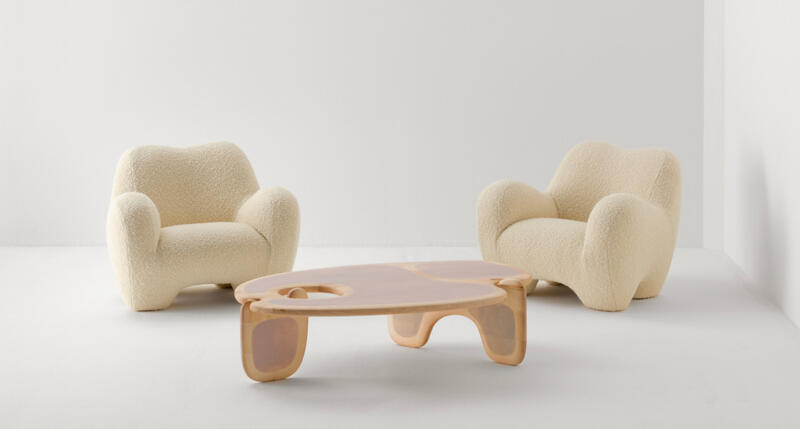
You might also like: Inside Lenny Kravitz’s Home in Paris: A Breathtaking Parisian Design Oasis
Are you interested in finding more about Faye Toogood? Let us know!

